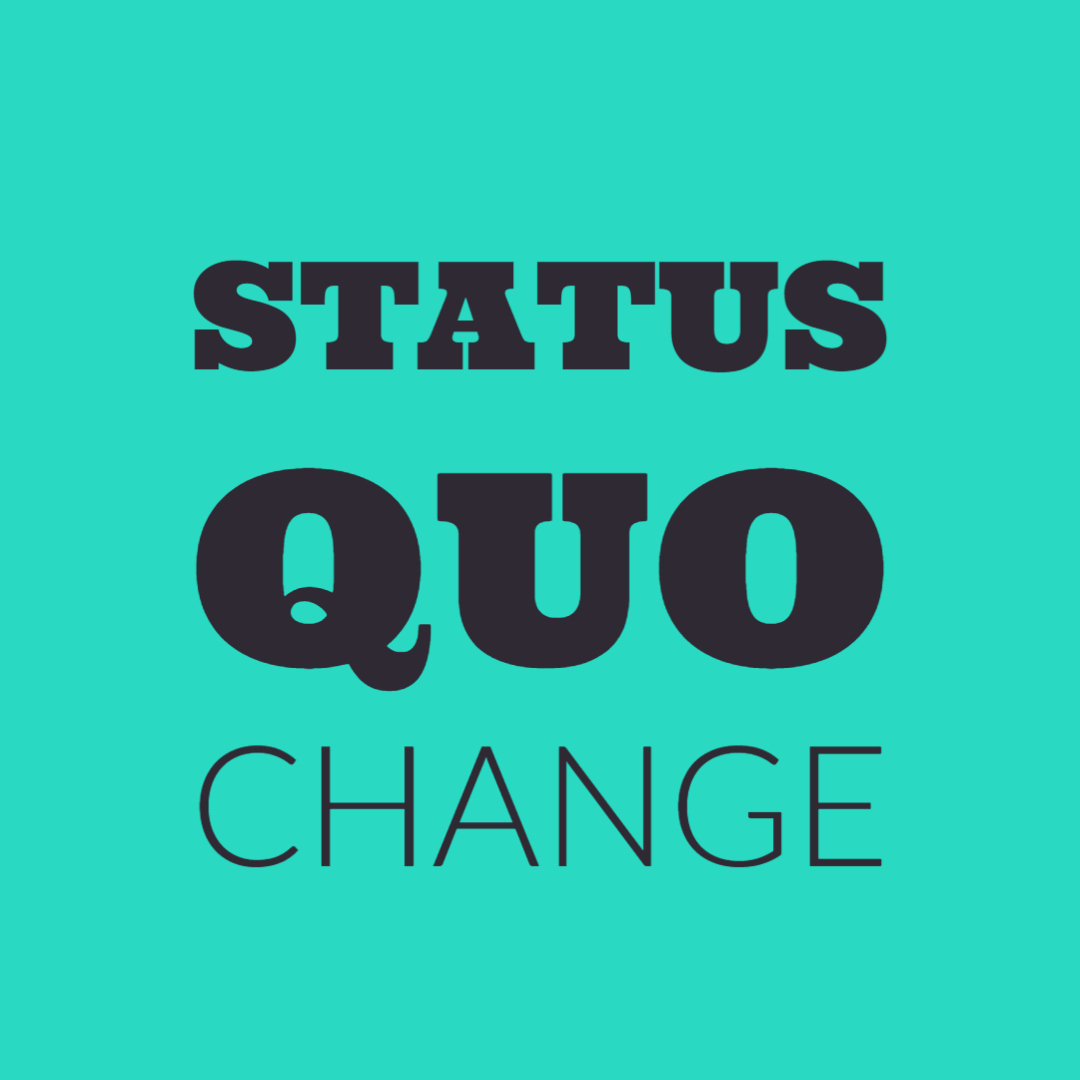|
Helping Companies Rethink, Recover & Refocus on the Future
Call John Grubbs (903) 295-7400
Guest Contributor: Bob Roitblat
That phrase and its evil siblings, ‘that’s not how we do it here’ and ‘if it ain’t broke, don’t fix it’ are, potentially, the seven most dangerous words you’ll ever hear or say in any organization when uttered in response to a suggestion for change.
To determine whether these words are truly dangerous, start by gaining empathy for what is motivating their use. Then, armed with this understanding, you can select the best course of action:
1. Is the utterer holding fast to a tried-and-true strategy? When they can back up ‘that’s the way we’ve always done it’ with validated proof that it continues to be the most effective method, you’re good. In every other case, though, those are dangerous words.
There’s an inherent assumption that something is suboptimal whenever these words are used, because if everything were working flawlessly no one would be making suggestions to which the response “that’s the way…” would be uttered. But that perspective may not be universal.
Could it be that the utterer is oblivious to the constant barrage or scale of changes impacting the organization? Do they believe that everything is good and will continue to be? If so, they are wasting no time thinking about whether or not what has been done in the past is the best course for the future. They see only what they want to see and ignore all conflicting data.
The reality is: organizations either improve or they fall behind—maybe slowing, but they are still declining. There is no such thing as staying the same.
“If you don’t like change, you’re going to like irrelevance even less.” - Tom Peters
The best response to this resistance is...
Finish Reading to overcome 'That’s the way we’ve always done it'

